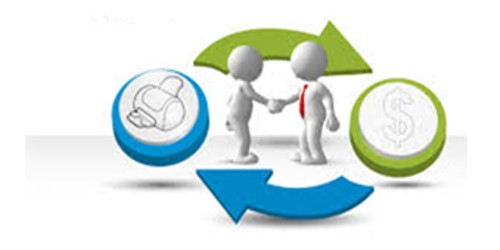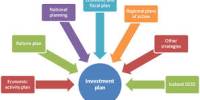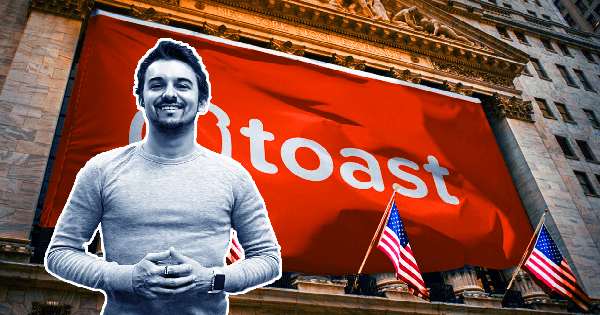A lease is a contract outlining the terms under which one party agrees to rent property owned by another party. Leasing is becoming a preferred solution to resolve fixed asset requirements vs. purchasing the asset. Leasing is beneficial to both the parties for availing tax benefits or doing tax planning.
Advantages of Leasing
Acquisition of long-term assets requires huge cash outlay which is some times quite beyond the financial capacity of the actual user. In such a situation, the user can lease such capital assets. Leasing serves as long-term funding that can be used for the acquisition of capital assets. The advantages of leasing are as follows:
- Leasing Permits Alternative Uses
A leasing arrangement provides a firm with the use and control over the assets without incurring huge capital expenditure and requiring to make only periodical rental payments. Thus, leasing saves funds for alternative uses.
- Balanced Cash Outflow
The biggest advantage of leasing is that cash outflow or payments related to leasing are spread out over several years, hence saving the burden of one-time significant cash payment. This helps a business to maintain a steady cash-flow profile.
- Leasing Arrange Faster And Cheaper Credit
Leasing companies are generally more accommodating than banks and other financial institutes in respect of terms of financing. As such, it has generally been found that acquisition of assets under leasing arrangement is cheaper and faster as compared to the acquisition of assets through other sources of financing.
- Quality Asset
While leasing an asset, the ownership of the asset still lies with the lessor whereas the lessee just pays the rental expense. Given this agreement, it becomes plausible for a business to invest in good quality assets which might look unaffordable or expensive otherwise.
- Leasing Increases Lessee’s Capacity To Borrow
Leasing arrangements enable the lessee to use more of its own funds for working capital purposes instead of using low yielding fixed assets. The debt-equity ratio of a lease does not alter because of assets acquired under lease arrangements. As such lease arrangements can resort to further borrowings in case the need arises.
- Leasing Protects against Obsolescence
Lease arrangements help to protect the lessee against the risk of obsolescence in respect of the assets which become obsolete at a faster pace.
- No Risk of Obsolescence
For businesses operating in the sector, where there is a high risk of technology becoming obsolete, leasing yields great returns and saves the business from the risk of investing in a technology that might soon become out-dated. For example, it is ideal for technology business.
- Boon For Small Firm
Acquisition of assets through a leasing arrangement is particularly beneficial to small firms which can not afford to raise their capacity on account of a scarcity of financial resources.
- An absence of Restrictive Convenience
The financial institution while lending money usually attaches several restrictions on the borrowers as regards management, debt-equity norms declaration of dividends etc. Such restrictions are absent in the case of lease financing.
- Trading on Tax Shield
In case of a non-tax paying lessee, the cost of financing an asset is much higher as compared to a tax-paying lessee. However, when tax-paying owns the assets, he generally passes a part of the tax benefit to the lessee by means of the lower rental charge. As a result of this favor, the real cost of the asset to the lessee, work out to be lower than that what it would have been if he were the owner of the assets.
Information Source:
















